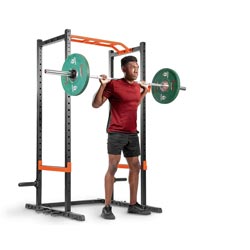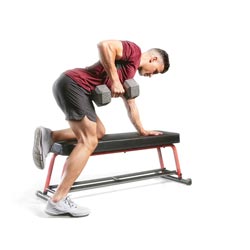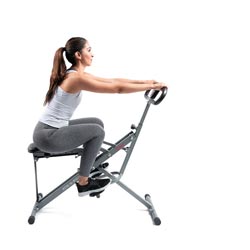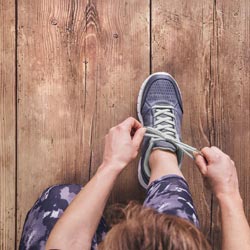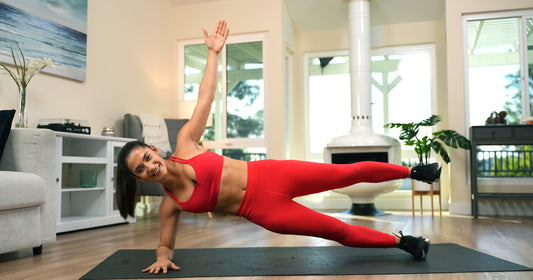Sidelined with an injury? What can you do to get back to optimal training?
If you’re an avid fitness enthusiast or athlete, there is a high probability that you will experience an injury at some point in your lifetime. Whether it’s caused by overexertion while training or an unfortunate accident outside of the gym, when you get benched for any reason you will be itching to get back to the lifestyle you’ve created.
Injuries can be tough not just on the physical body, but on your mental health as well. It takes two to four weeks before you begin to lose strength and conditioning gains. Missing out on the mental benefits of exercise happens faster and may have a greater impact. Exercise is known to release stress, promote creativity, and support emotional health. It becomes hard when you have to involuntarily take a step back from doing something you love. When recovering from an injury, it’s important that you prioritize both your physical and mental health.
Thus, it's important to come up with an effective plan during the rehabilitation phase that will get you back in fighting shape. Follow these post-rehabilitation steps on how to recover after an injury.
Steps to Take Before You Start to Workout Again
1. Speak With Your Physician
You may feel ready to get back to full training, but it's important to get complete medical clearance from your doctor. If you’ve been working with a physical therapist or a sports medicine physician, get their clearance as well. If you’ve been working with a physical therapist, use the rehabilitative movements you learned to help with continuous rehabilitation of the injured area, and eventually progress to more challenging exercise. Do not self-diagnose. You could cause more damage to the injured area, forcing a longer recovery process.
2. Prepare Yourself Mentally
You may feel as if your body gave up on you when you experienced your injury. All the time and energy you put in to make sure you were strong may seem moot at this point. Sports psychologists remind you not to think of this time as the end of the world. One of the best tools you can use is to practice positive affirmations. Reminding yourself things like “I am still strong,” or “This is temporary, I won’t be down forever,” can go a long way.
3. Start Off Slow and Reevaluate Your Workout
You may have been able to run 10 miles before your injury and you want to build back up to that. The key word is to build. A good starting point is to work at 30-40% of your “normal” level. If you used to do 10-mile runs you may want to start with a 1-2 mile walk. Increase your load by 5-10% each week depending on the seriousness of your injury. You can continue to do this until you are able to run or jog. But as the old adage goes, “You have to crawl before you walk, and you have to walk before you run.”
4. Discover New Ways to Train
Cross-training – doing a variety of exercises that work different parts of your body – is a great way to supplement an injury. If you hurt your knee, for example, you could focus on more upper-body work or low-impact exercises that will help rehab that injury. Cross-training allows you to keep moving and divert focus from the major injury to strengthening the other areas around the injury to recover faster.



D’Annette Stephens is the brand owner of D.TerminedFitness, LLC, a Fitness and Consulting entity. She is a certified ISSA personal trainer, NASM sports performance and nutrition coach, philanthropist, and public speaker. D’Annette is pursuing her Masters degree in Exercise Science with a concentration in Strength and Conditioning at Long Island University-Brooklyn.
She is an advocate for education and representation in the Fitness and Sports Performance industries. She specializes in athletic performance enhancement, functional movement, long-term sustained weight loss and sports nutrition

